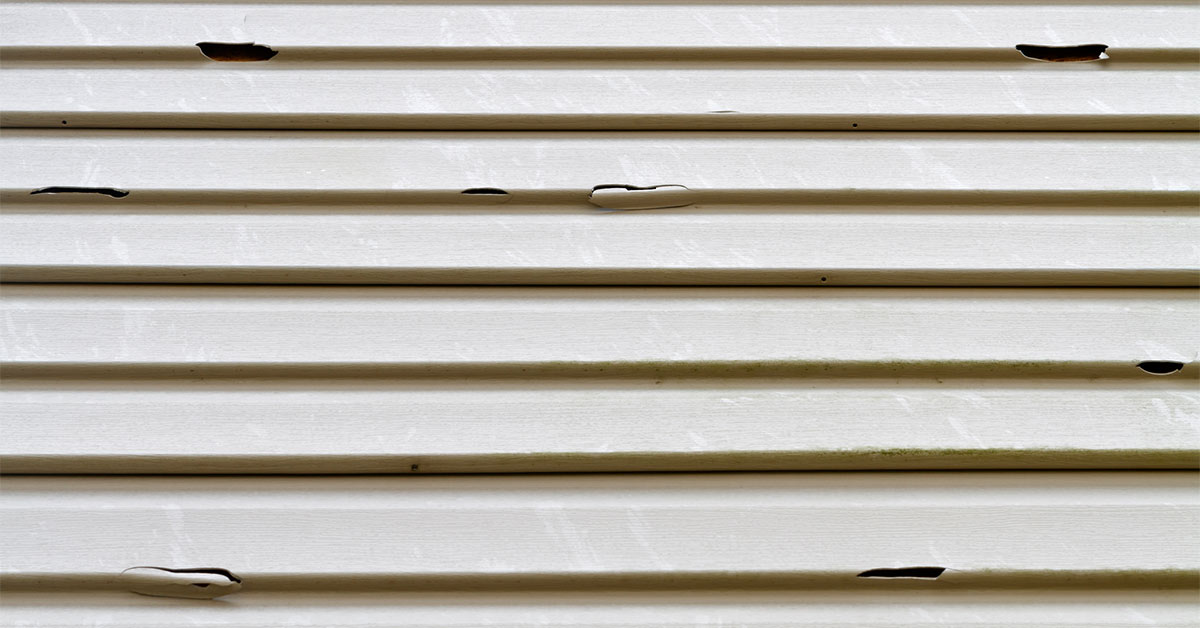
31 Jul. 24
How to Tell if You Need to Replace Your Siding
Siding is a crucial part of your home’s exterior. It provides protection against weather, enhances curb appeal, and contributes to energy efficiency. Over time, siding can deteriorate, which calls for repair or replacement. But how do you know when it’s the right time to replace your siding? You need to know how to tell if you need to replace your siding. Here are several key signs to watch for that indicate it may be time to invest in new siding for your home.
How to Tell if You Need to Replace Your Siding
1. Visible Siding Damage
Cracks, gaps, or holes in your siding are clear signs that it’s time for a replacement. These issues can lead to extreme structural damage from moisture build up over time. Small cracks can sometimes be repaired, but extensive damage usually requires a full replacement. If your siding is warping or buckling, it’s a sign that the siding itself is not adhered properly to your home. This can happen due to age, improper installation, or an over-exposure to extreme weather conditions. Wood siding in particular is susceptible to rot, especially in humid or wet climates. Soft, crumbling, or decaying siding is a sign that rot has set in. Rotting siding cannot protect your home and needs to be replaced immediately to prevent further damage.
2. High Energy Bills
One of the many benefits of siding is that it helps insulate your home. If you’ve noticed a sudden spike in your energy bills, it could be due to your siding no longer providing proper insulation. Poorly insulated siding allows heat to escape during the winter and lets in heat during the summer, causing your HVAC system to work harder, therefore increasing your energy bills. Additionally, if you notice drafts near the walls inside your home, it’s a sign that your siding may be failing. Gaps or cracks in the siding can allow air to seep in, making your home less energy-efficient. Replacing your siding can help seal these gaps and improve your home’s insulation as well as the energy bill.
3. Moisture
Visible mold, mildew, or fungus on your siding is a red flag. These issues are often caused by trapped moisture, which can lead to health problems for you and any other home residents if not addressed quickly and efficiently. If you notice bubbles or blisters under the surface of your siding, it’s a sign that water has become trapped. This can happen due to improper installation or damage to the siding. This indicates that the siding no longer has a watertight seal, and replacement is needed in order to protect your home from further moisture damage.
4. Fading or Discoloration
Over time, exposure to the sun’s UV rays can cause siding to fade and lose its original color. While some fading is normal, extreme discoloration can indicate that the siding’s protective layer has worn away. This leaves your siding more vulnerable to damage from weather conditions and may mean it’s time for a replacement. Stains on your siding, especially those that are difficult to remove, can be a sign of underlying issues such as water damage or mold growth.
Call Chattanooga Roofing Company Today!
If you suspect your home’s siding needs a replacement, call Chattanooga Roofing Company for a risk-free consultation and estimate. We specialize in top-quality siding replacement services designed to protect and enhance your home. Whether your siding has suffered damage from weather, wear and tear, or simply needs an upgrade, we offer a comprehensive range of options to suit your style and budget. Trust Chattanooga Roofing Company to revitalize your home’s exterior, improve energy efficiency, and boost curb appeal with our expert siding replacement services. Your home’s siding is safe in our hands.

